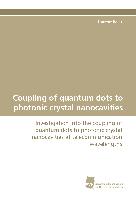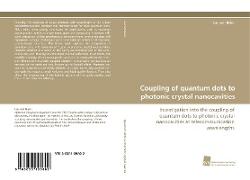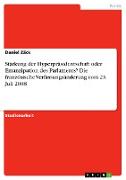Coupling of quantum dots to photonic crystal nanocavities
BücherAngebote / Angebote:
Recently, the emission of single photons with wavelength in the 1.3µm telecommunication window was demonstrated for InAs quantum dots. This makes them strong candidates for applications such as quantum cryptography, and in a longer term, quantum computing. However, efficient extraction of the spontaneous emission from semiconductors still represents a major challenge due to total internal reflection at the semiconductor/air interface. This thesis work explores the integration of quantum dots, with emission at 1.3µm, in photonic crystal microcavities. Photons emitted in a mode of the cavity are funneled out of the semiconductor, and thus bypass the total internal reflection. In addition, the modified density of electromagnetic states in the cavity affects the emission lifetime of the weakly coupled emitter: in resonance, we assist to an increase of the emission rate, known as the Purcell effect. Photonic crystal microcavities conveniently address this objective as they provide modes with the required small volumes and high quality factors. They also allow the engineering of the farfield pattern of the cavity modes, and thus of the collection effiency.
Folgt in ca. 10 Arbeitstagen





